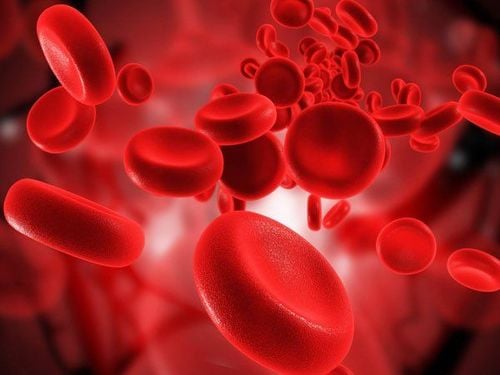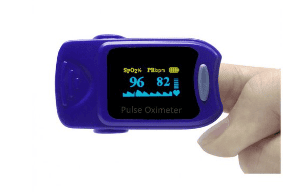This is an automatically translated article.
Blood oxygen level is a measure of the amount of oxygen that red blood cells carry in the body. Maintaining the balance of oxygen saturation in the blood is extremely important for the overall health of a person. In particular, people with chronic medical conditions, including asthma, cardiovascular disease, or chronic obstructive pulmonary disease (COPD), need to have their blood oxygen levels monitored regularly.
1. What is hypoxia?
Hypoxemia is a condition in which the amount of oxygen in the blood and arteries is below normal. This is indicative of a respiratory or circulatory problem and can cause a variety of symptoms, typically difficulty breathing.
Usually, hypoxemia is determined by measuring the oxygen concentration in a blood sample taken from an artery, also known as an arterial blood gas. In addition, it can also be estimated by measuring the oxygen saturation in the blood using a pulse oximeter - a small device that is clipped to the tip of your finger.
The normal oxygen level of a healthy person is between 75-100 millimeters of mercury (mmHg). If the value is below 60 mmHg, the body needs to quickly replenish the required amount of oxygen.
Trắc nghiệm: Muối trong thực phẩm, natri, huyết áp và sức khỏe của bạn
Muối, natri là chất khoáng cần thiết cho cơ thể để duy trì hoạt động ổn định. Tuy nhiên, chế độ ăn thừa muối có nguy cơ cao dẫn tới các vấn đề sức khỏe nghiêm trọng. Cùng làm bài trắc nghiệm sau đây để hiểu hơn về những ảnh hưởng của các khoáng chất này tới huyết áp và sức khỏe bạn thế nào nhé.
Nguồn tham khảo: webmd.com
2. How is blood oxygen level measured?
The most common method commonly used to monitor blood oxygen levels is to perform an arterial blood gas test, or an ABG test. For these tests, a doctor will take a blood sample from an artery in the patient's wrist, and then bring it to a lab for analysis. This is a very accurate method of determining the oxygen level in your blood, but you may feel some pain during this test.
An ABG test is often difficult to do at home, so you may opt to use an alternative device, called a pulse oximeter. This machine has an extremely compact size, clamped on the fingertips, sometimes ears or toes. This is a non-invasive device that can estimate the amount of oxygen in the blood indirectly by sending infrared light into the capillaries in the finger. SpO2 will show what percentage of your blood is saturated. However, the reading received may be 2% higher or lower than your actual blood oxygen level.
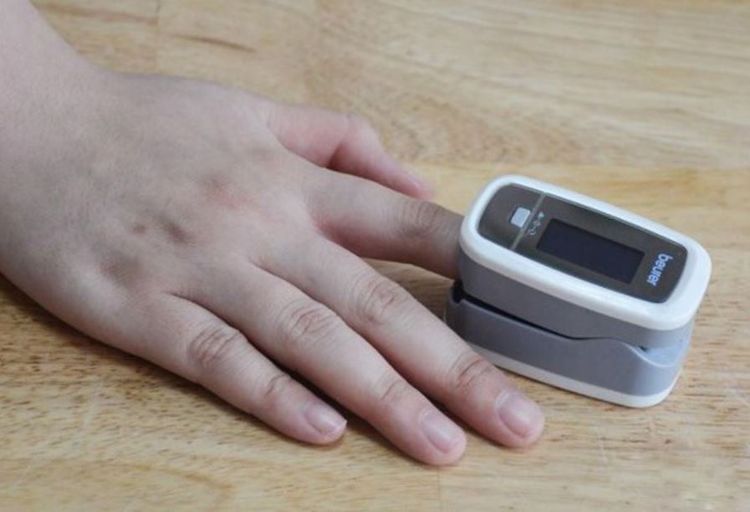
Although using a pulse oximeter is convenient, faster, easier and painless, it is often less accurate than an ABG test. This can stem from factors like nail polish, dirty fingers, or cold extremities. So, before you measure your blood oxygen level with a pulse oximeter, you need to remove any polish from your nails for a more accurate result.
3. What is the normal level of oxygen in the blood?
Normal levels For the ABG test, a normal blood oxygen level will range from 80-100 millimeters of mercury (mmHg). If you measure your blood oxygen levels with a pulse oximeter, a normal SpO2 reading will be between 95-100 percent. However, people with severe chronic obstructive pulmonary disease (COPD) often need to maintain pulse oximetry (SpO2) levels between 88-92%.
Below normal When blood oxygen levels are below normal, it is considered hypoxemia (low blood oxygen). The lower the oxygen level in the blood, the more severe the hypoxia is. This condition often leads to some worrisome problems, especially complications in certain tissues or organs of the body.
Normally, a PaO2 (arterial blood oxygen pressure) reading below 80mmHg or SpO2 below 95% will be considered low. In particular, people with chronic lung disease need to consult a doctor to know what is the normal range of their blood oxygen levels.
When blood oxygen levels are too low compared to the average for a healthy person, this can be a sign of hypoxia. This can interfere with and cause certain difficulties in delivering oxygen to all the tissues, cells and organs of the entire body.
Above normal The majority of cases with high blood oxygen levels use supplemental oxygen. This abnormality is detectable through the ABG test.
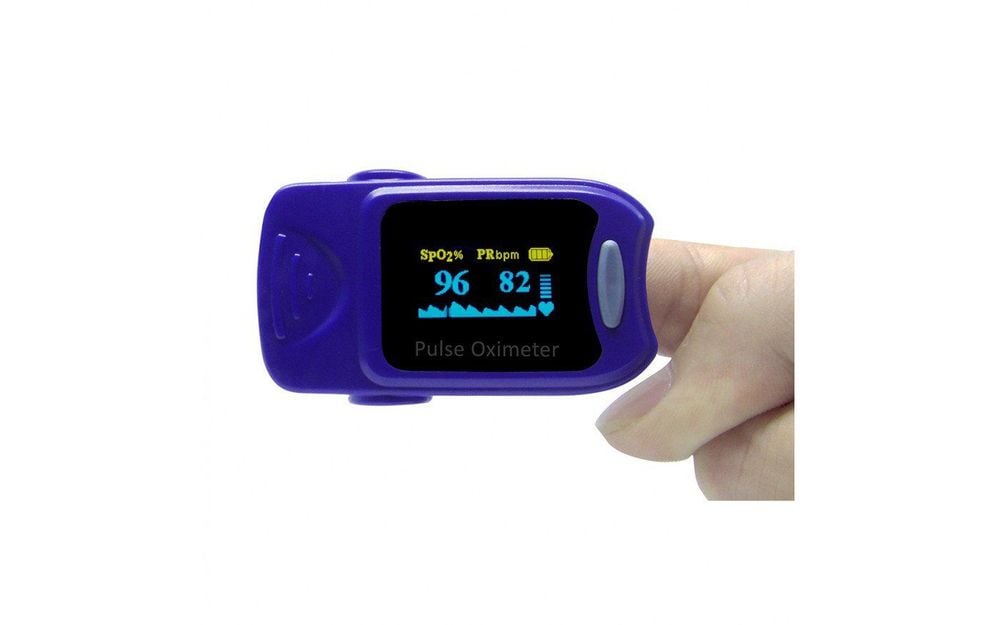
4. Symptoms of hypoxemia
When the oxygen level in the blood is below normal, the patient may experience the following symptoms:
Shortness of breath Chest pain Dizziness Headache Restlessness Rapid breathing Confusion Heart arrhythmia Visual disturbances High blood pressure Feeling euphoria If hypoxemia does not improve, the body will begin to show symptoms of cyanosis, typically a change in the color of the nails, skin and mucous membranes. Cyanosis is considered a medical emergency, and patients need immediate medical attention, because Cyanosis can lead to respiratory failure, which can be life-threatening.
5. Causes of hypoxemia
Here are some factors that can lead to hypoxia, including:Lung function problems: The lungs are not able to receive and send oxygen to all the cells and tissues of the body None enough oxygen in the air Inability to circulate blood to the lungs, collect oxygen and transport it throughout the body
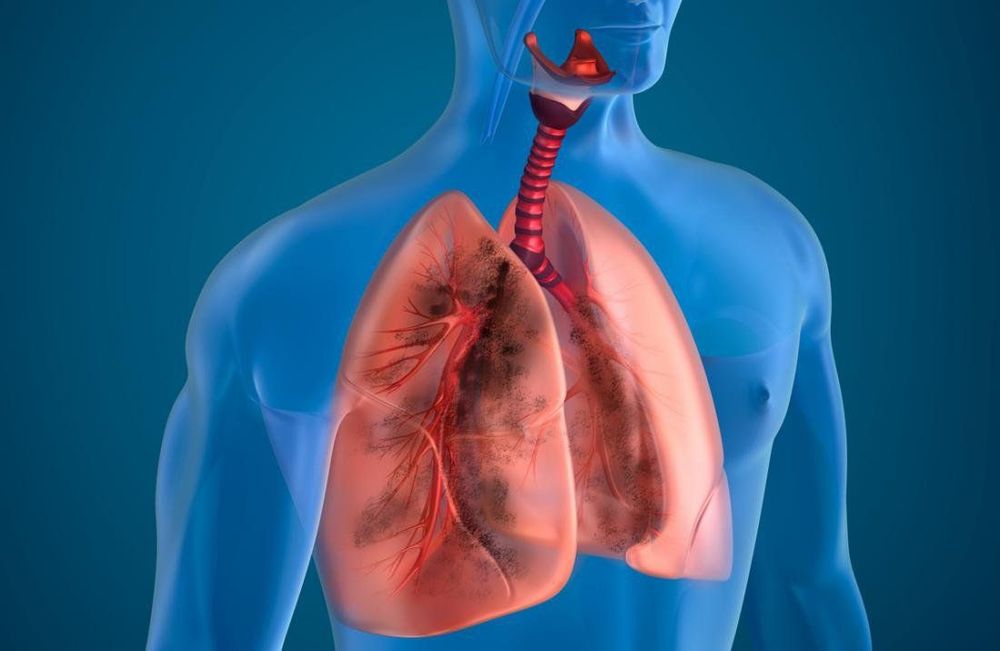
In addition, a number of other medical conditions can also negatively affect blood oxygen levels, including:
Chronic bronchitis and emphysema Asthma Chronic obstructive pulmonary disease or COPD Interstitial lung disease Acute respiratory distress syndrome or ARDS Heart disease, including congenital heart disease Anemia Pulmonary rupture Pulmonary rupture, Blockage of an artery in the lung due to a blood clot Excess fluid in the lung Pulmonary embolism Pulmonary fibrosis, scarring, and scarring lung damage Sleep apnea Use of certain medications, including pain relievers or narcotics
Any health problem or disorder can cause oxygen saturation levels to drop. At that time, the body will begin to show symptoms of lack of oxygen.
In addition, for regular smokers, it is often difficult to accurately determine the SpO2 index, because smoking will cause carbon monoxide to accumulate in the blood, and make the oximeter indistinguishable. between gases. To know the exact level of oxygen in the blood, the only way is to do an ABG test.

6. When to see a doctor?
You need to see a doctor if you have the following conditions:
Sudden and severe shortness of breath Severe shortness of breath when exercising or performing physical activities Feeling short of breath even at rest Yes feeling suffocated after waking up suddenly at an altitude of over 8,000 feet or 2,400 meters, and having severe shortness of breath, accompanied by a rapid heart rate, cough, or fluid retention.
7. Treatment of hypoxemia
The first step in treating hypoxemia is supplementing oxygen through home oxygen therapy.
In addition, some self-care measures can also be taken to alleviate symptoms of dyspnea and improve overall health and quality of life. These measures include:
Quit smoking Avoid excessive exposure to smoky environments Exercise regularly, at least 30 minutes a day, such as walking, cycling,... Eat a healthy diet with plenty of fresh fruits and vegetables. Vinmec International General Hospital is one of the hospitals that not only ensures professional quality with a team of leading doctors, modern equipment and technology, but also stands out for its examination and consulting services. and comprehensive, professional medical treatment; civilized, polite, safe and sterile medical examination and treatment space.
Please dial HOTLINE for more information or register for an appointment HERE. Download MyVinmec app to make appointments faster and to manage your bookings easily.
References: medicalnewstoday.com, healthline.com, mayoclinic.org





